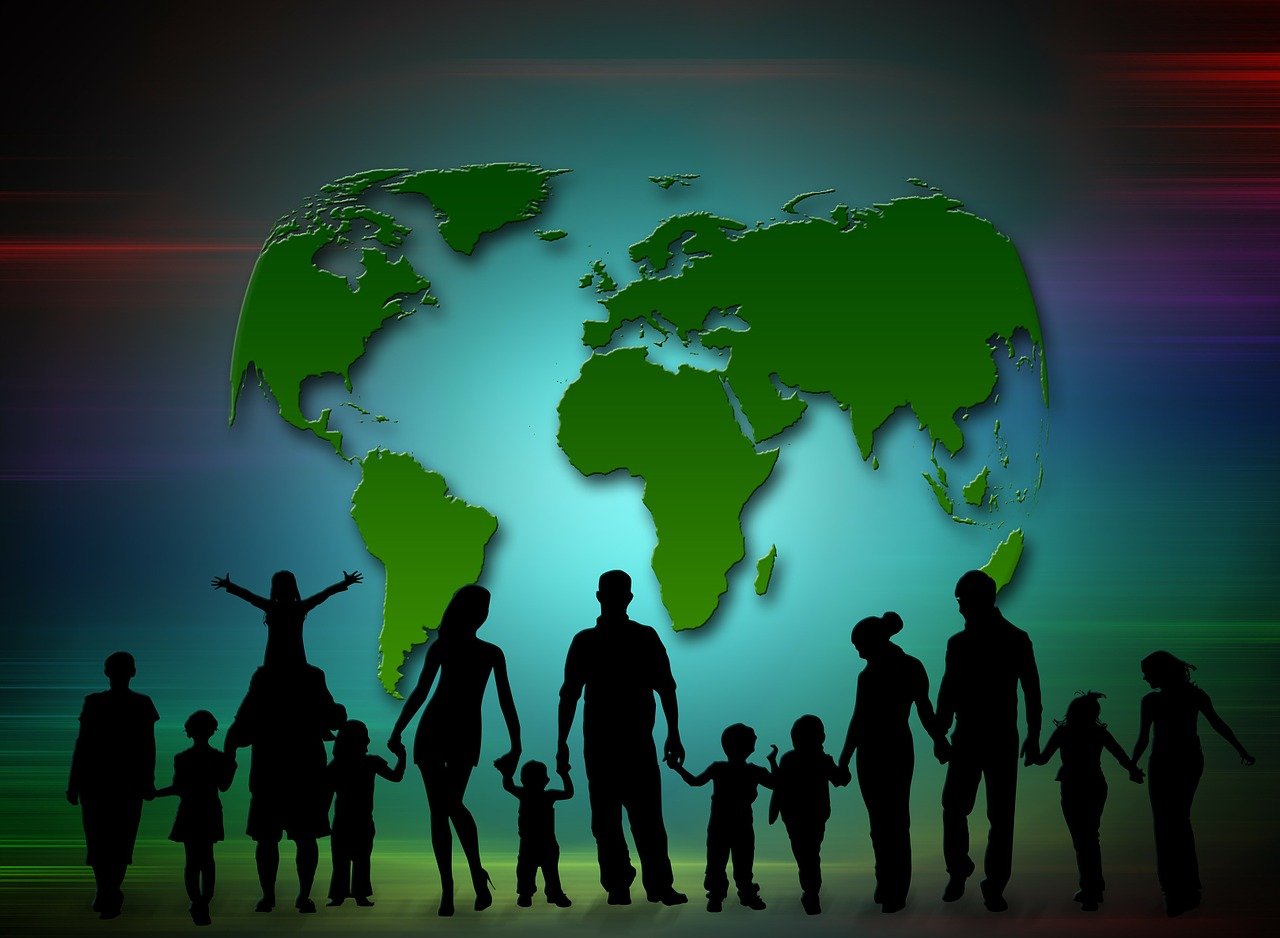Why Applying for a Protection Visa Without Genuine Grounds in Australia Is a Road to Nowhere

Applying for a Protection Visa (subclass 866) in Australia is a serious legal process. It exists to safeguard people who are genuinely at risk of persecution, serious harm, or human rights abuses in their home countries. However, some individuals apply for protection visas as a last-ditch effort to remain in Australia, even when they do not face any real danger if returned home.
For such individuals, the protection visa is not just a poor strategy — it’s a road to nowhere. Here’s why.
What is a Protection Visa for?
A Protection Visa is intended for individuals who:
-
are already in Australia, and
-
can prove that they are refugees under the Refugee Convention, or
-
meet criteria for complementary protection due to risks such as torture, arbitrary deprivation of life, or cruel and inhuman treatment.
To be granted this visa, an applicant must provide credible evidence that they face a real and personal risk of harm in their country of origin.
Who is Considered a Refugee in Australia?
Under the Migration Act 1958, a person is considered a refugee if they are outside their country of nationality or habitual residence and are unable or unwilling to return due to a well-founded fear of persecution based on their:
-
race
-
religion
-
nationality
-
political opinion
-
membership of a particular social group
This fear must involve serious harm, such as threats to life or freedom, torture, or denial of basic survival needs, and must be part of systematic and discriminatory conduct. The person must also be unable to safely relocate or access genuine government protection.
Even if someone has experienced past persecution, they are not considered a refugee unless there is an ongoing risk. People who can avoid persecution only by denying a core part of their identity — such as their religion, sexuality, or political beliefs — may still qualify as refugees.
Complementary Protection: When a Person is Not a Refugee
If a person does not meet the refugee definition but still faces a real risk of serious harm, they may be eligible for protection under Australia’s complementary protection obligations.
This applies to individuals at risk of:
-
arbitrary deprivation of life
-
the death penalty
-
torture
-
cruel, inhuman or degrading treatment or punishment
Complementary protection reflects Australia’s international human rights commitments under treaties like the Convention Against Torture and the International Covenant on Civil and Political Rights.
It does not apply if the person could safely relocate within their home country, access effective government protection, or if the risk they face is general and not personal.
Most Applications Fail – the Numbers Tell the Story
According to the Department of Home Affairs report from May 2025:
-
2,067 protection visa applications were lodged
-
Only 335 were granted — a success rate of just 15.19 percent
-
1,870 applications were refused
-
Over 94,000 individuals refused protection remain in Australia with uncertain futures
By Country – Grant Rates Are Extremely Low
-
India: 1.45%
-
China: 8.26%
-
Fiji: 5.44%
-
Nepal, Philippines, Tonga, Colombia: 0%
Unless your claim is genuine, well-supported, and meets legal definitions, your application is very likely to be refused.
The Cost of a Failed Application
Restricted Life on a Bridging Visa
Applicants are often placed on bridging visas while awaiting decisions, which may have limited work rights and no access to social services.
Limited Future Options
A refused protection visa can prevent you from applying for other visa types, closing many migration pathways permanently.
Risk of Detention and Deportation
Once all appeals are exhausted, refused applicants face possible detention and removal from Australia, sometimes with long-term bans on re-entry.
How Credibility is Assessed — and Why it Matters
The Department assesses each application rigorously to test credibility. This includes:
-
evaluating all available evidence (documents, interviews, expert reports)
-
testing for inconsistencies or vague claims
-
considering trauma, language barriers, or cultural differences
-
ensuring procedural fairness by giving applicants a chance to respond to any negative findings
Officers may give the benefit of the doubt when claims are generally plausible, even with limited evidence. However, use of false documents or dishonest claims can severely damage credibility and result in visa refusal.
Legal Criteria for a Protection Visa (Subclass 866)
Section 36 of the Migration Act outlines key legal requirements. To be eligible, an applicant must:
-
not pose a threat to national security or public safety
-
either meet the refugee definition or face significant harm if returned
-
not have the option to safely relocate or seek protection in another country
-
not be excluded due to serious crimes, war crimes, or actions against the UN Charter
These criteria ensure that protection is only granted to those who genuinely need it.
Travel Restrictions under Condition 8559
Protection visa holders must comply with travel condition 8559. This condition prohibits them — and any family members included in their visa — from returning to the country from which they were granted protection unless they first obtain written approval from the Department of Home Affairs.
This approval is only granted in compassionate or compelling circumstances. Returning without permission, even briefly, breaches the visa condition and may result in cancellation of the visa for the applicant and their family.
Should You Appeal a Refused Protection Visa?
Because protection visa applications are heavily scrutinised, it is not uncommon for claims to be refused — even those that may have merit. If you genuinely believe your protection visa was unfairly refused, it is absolutely worth appealing the decision through the proper legal channels, such as the Administrative Review Tribunal (ART). However, if your case lacks genuine grounds or supporting evidence, it is far better to explore other migration pathways instead of prolonging a process that is unlikely to succeed.
What You Should Do Instead
If you are not genuinely at risk in your home country, applying for a protection visa is not the right choice. It often leads to refusal, legal complications, and long-term consequences.
Instead, consider more appropriate pathways such as:
These options provide lawful and realistic routes to remaining in Australia if you meet the criteria.
Final Word: Respect the System, Respect Yourself
Australia’s protection visa program exists to safeguard the truly vulnerable. It is not a backup plan for staying in the country when all other visa options have run out. Making a false claim can waste time, damage your future, and harm the integrity of the system.
Not sure which way to go? Book a consultation with expert migration agents at Heenan & Browne Visa Migration Services in Canberra, Brisbane, Cairns, Sydney and Melbourne. We can guide you through the most suitable and legal options based on your circumstances, helping you avoid costly mistakes.
Disclaimer
This article is provided for general informational purposes only and does not constitute legal advice. Migration laws and policies are subject to change. For advice specific to your situation, consult a registered migration agent.



